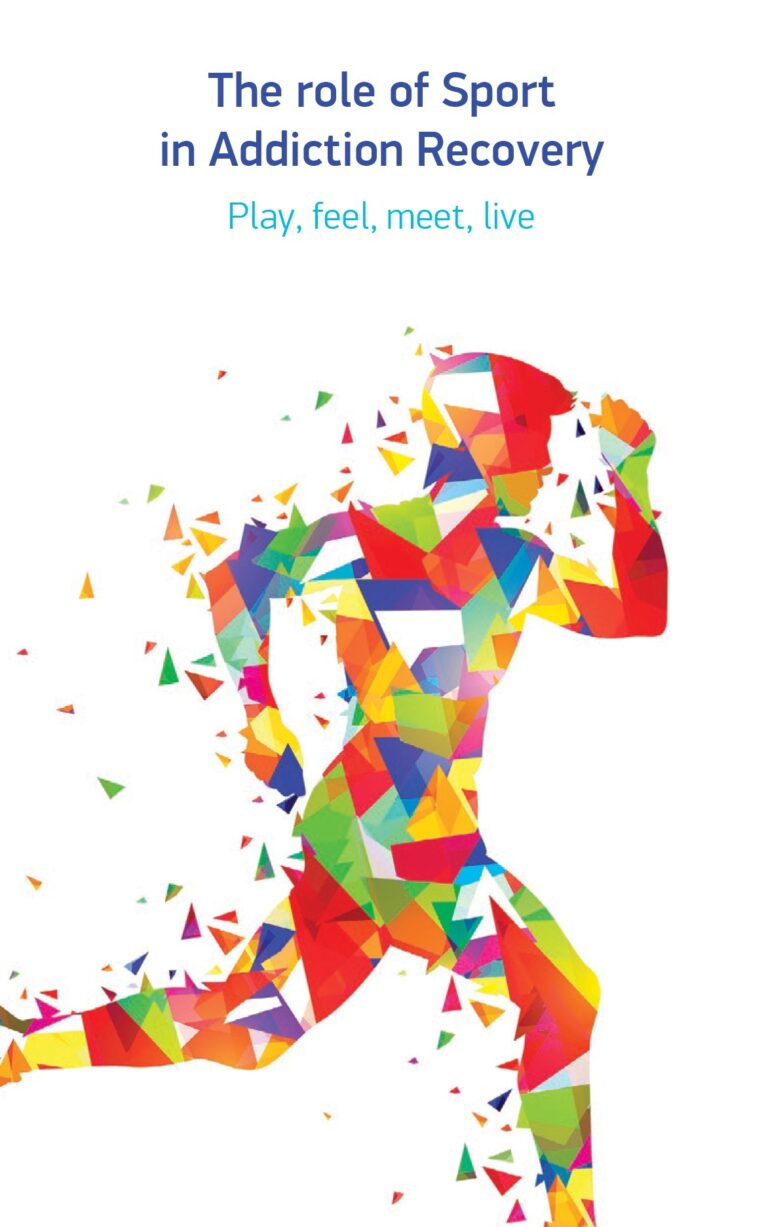Exercise and treatment process
The contribution of exercise is vital to a wide range of long-term benefits for the mental and physical health of addicted people. In this respect, it is considered as a promising complementary therapy for people with drug-related disorders, effectively treating the symptoms of anxiety and depression in these individuals as acting as a substitute for the drug. Physical activity can replace the compulsive use habits and can actually enhance the same enjoyable physical experience that drug use has provided to the individual.
Participation in a program of physical activity increases the duration of abstinence, improves overall physical health and stamina and reduces emotional instability as it helps in removing stress and tension from the body.
Physical activity provides a sense of pleasure and satisfaction by helping the addict to gain a sense of self-confidence and a better image of himself. Exercise during and beyond recovery has also been shown to significantly reduce the likelihood of relapse.
Finally, it is worth noting that those seeking drug abuse treatment are quite open to discuss their participation in a physical activity program as part of their treatment plan.
Under this point, exercise is increasingly becoming a component of many treatment programs and has proven effective, when combined with cognitive-behavioral therapy, at helping addicted people. Exercise may exert beneficial effects by addressing psychosocial and physiological needs by reducing negative feelings and stress, and by helping prevent weight gain following cessation. Research to determine if and how exercise programs can play a similar role in the treatment of other forms of drug abuse is under way.
Physical exercise is characterized as a planned, organized, and repeated body movement that aims to promote or maintain physical fitness. Different types of SUDs treatment approaches include physical exercise as an add-on therapy. Studies have reported benefits when individuals in SUDs treatment programs exercise regularly. Positive outcomes reported in studies include:
• Reduced drug intake
• Increased abstinence rate
• Reduced cravings during treatment
• Enhanced healing effects on SUDs
• Higher completion rate of the rehabilitation program,
• Relapse prevention
• Alleviation of a number of the factors that contribute to SUDs development and which act as barriers to healthy recovery (e.g., a lack of social support, poor mental health, high stress, and boredom)
• Achievement of ‘holistic’ goals within treatment programs (e.g., improving interpersonal relationships, and physical and mental health)
• Repair of the damage caused to the muscles and the cardiovascular system and helping the body to recover from drug use complications faster
• Reduced anxiety depressive symptoms and enhanced mood states
• Improved self-confidence, self-esteem, and body image
• Improved general well-being and quality of life
• Adoption of a healthy lifestyle that is incompatible with substance abuse
• Awareness of one’s health condition
• Reported increased personal satisfaction through physical and mental improvement, hence the completion of one’s transformation.
Nevertheless, some studies did not detect targeted benefits from exercise programs. Since this review aims to inform the development of exercise training programs to be implemented by professionals of drug treatment organizations, we consider it of importance to summarize the existing knowledge with a broader focus on the existing literature in terms of outcomes and process on how physical exercise has been applied and understood to relate to SUDs treatment. This review will focus on questions: Who can deliver the physical exercise programs? What activities are best (if any)? How to design physical exercise programs for SUDs? What factors should be taken into account?
Resource:
An overview of studies on exercise for Substance Use Disorders












